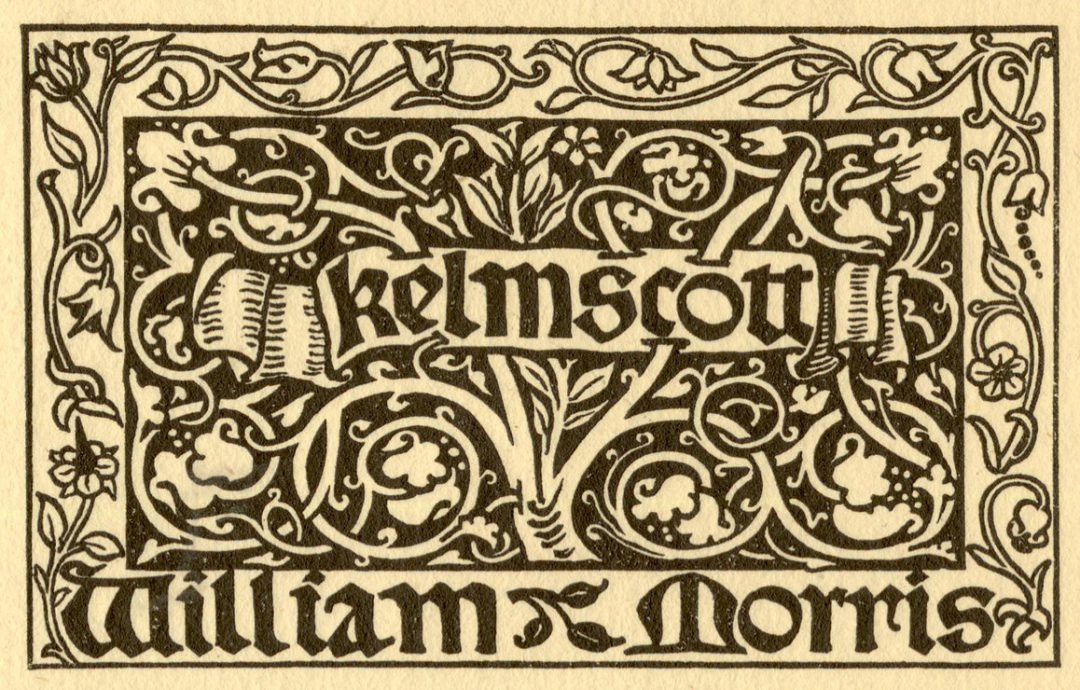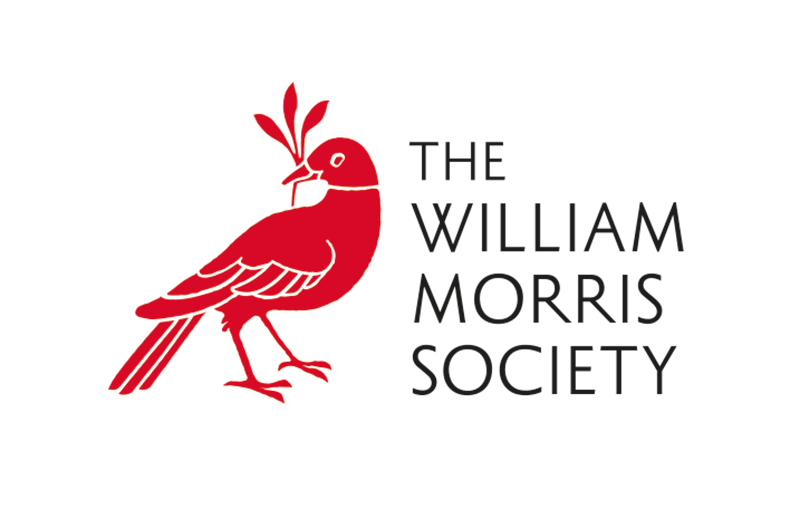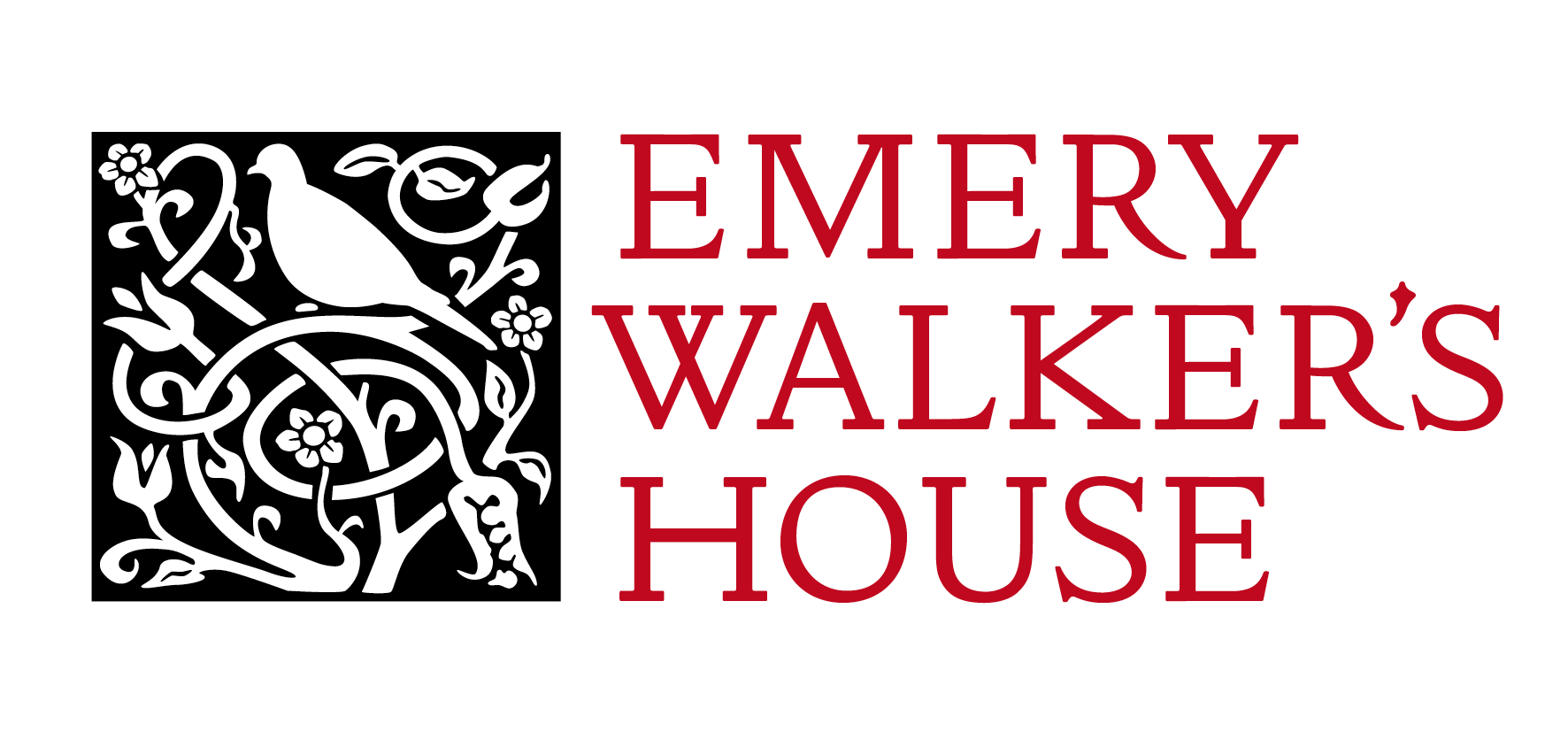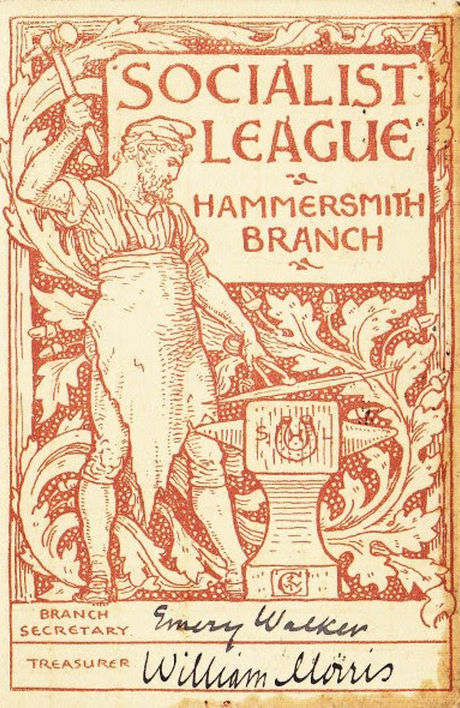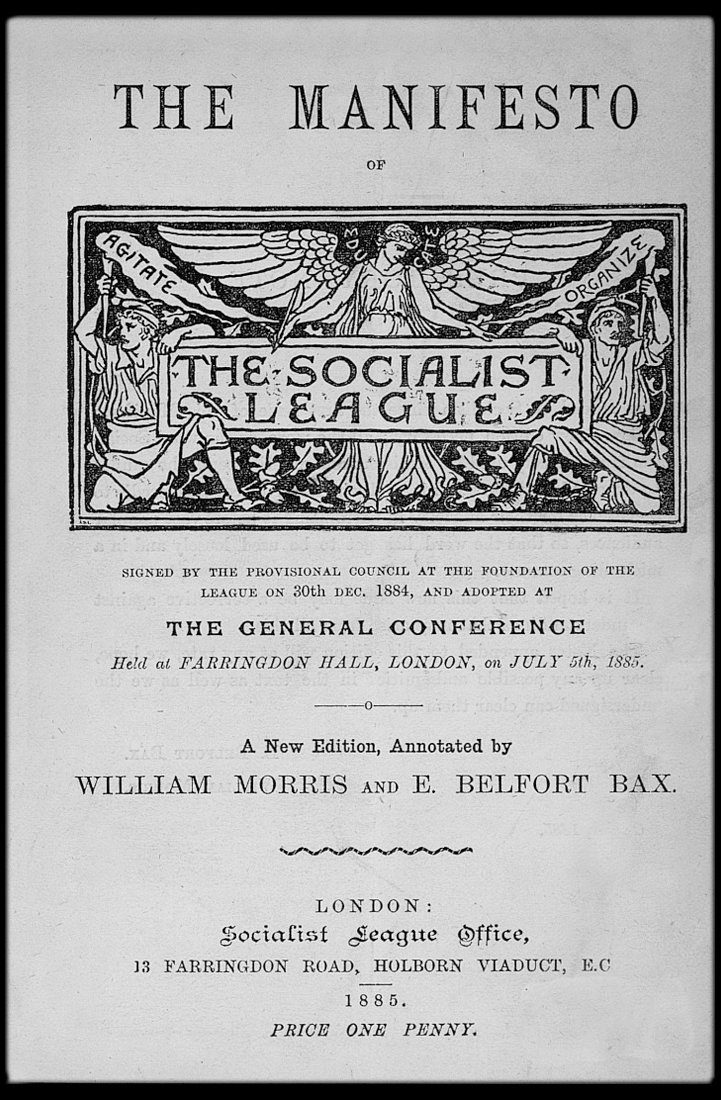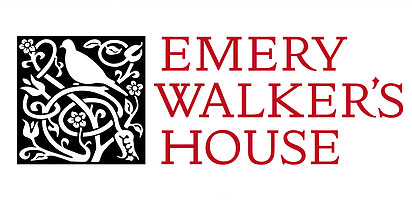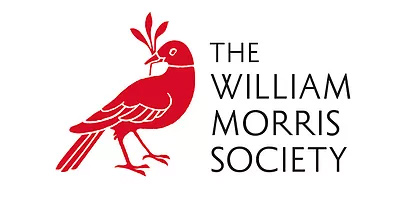The Arts & Crafts movement began in Britain c.1880 and became one of the most influential decorative movements of all time.
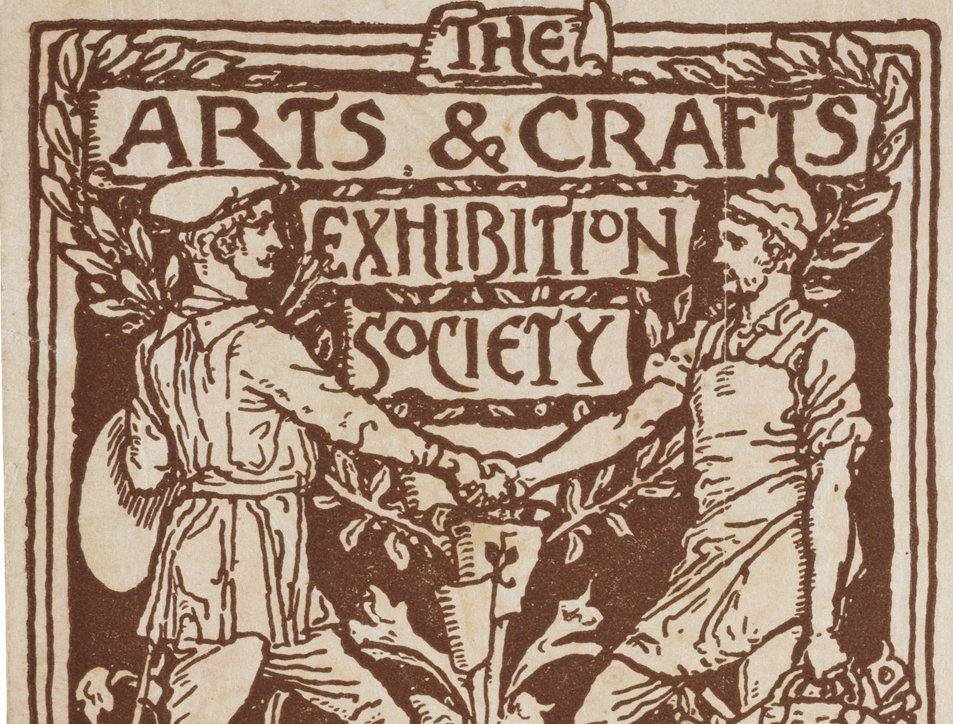
The Beginnings
The term “Arts & Crafts Movement” was first used by T. J. Cobden-Sanderson at an Arts & Crafts Exhibition Society meeting in 1887. The movement was greatly inspired by the political and artistic ideas of William Morris who, in 1861, founded a company producing a wide range of decorative objects for the home.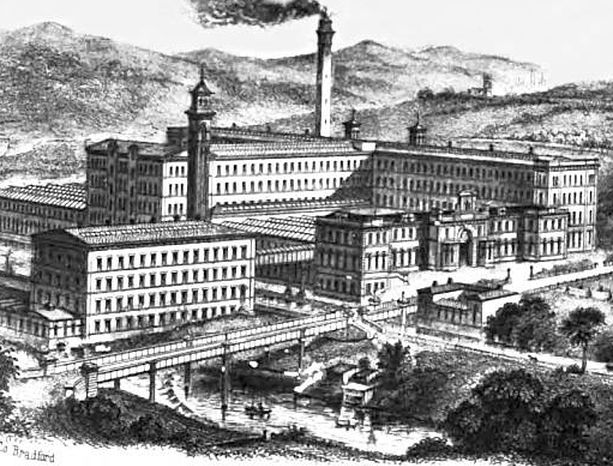
Anti-Industrialisation
Supporters disliked the increasingly industrial world of Victorian Britain and mass-produced, machine-made items. They thought that industrialisation was linked to the nation's social, moral and artistic decline. The movement campaigned for a new social order in which the worker was freed from factory working conditions and could take pride in his craftsmanship and skill.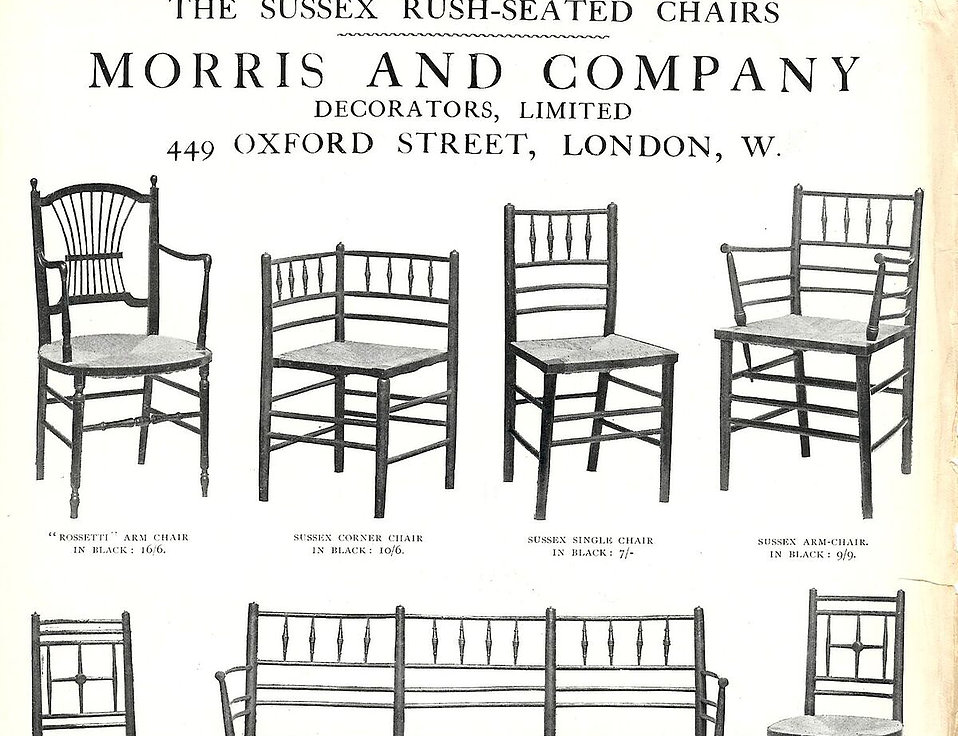
Traditional Handicrafts
They advocated the revival of traditional handicrafts often using medieval, romantic, or folk styles of decoration. The movement placed importance on the lives of ordinary people, stressing the idea that art could and should improve peoples’ lives and turn the home into a work of art.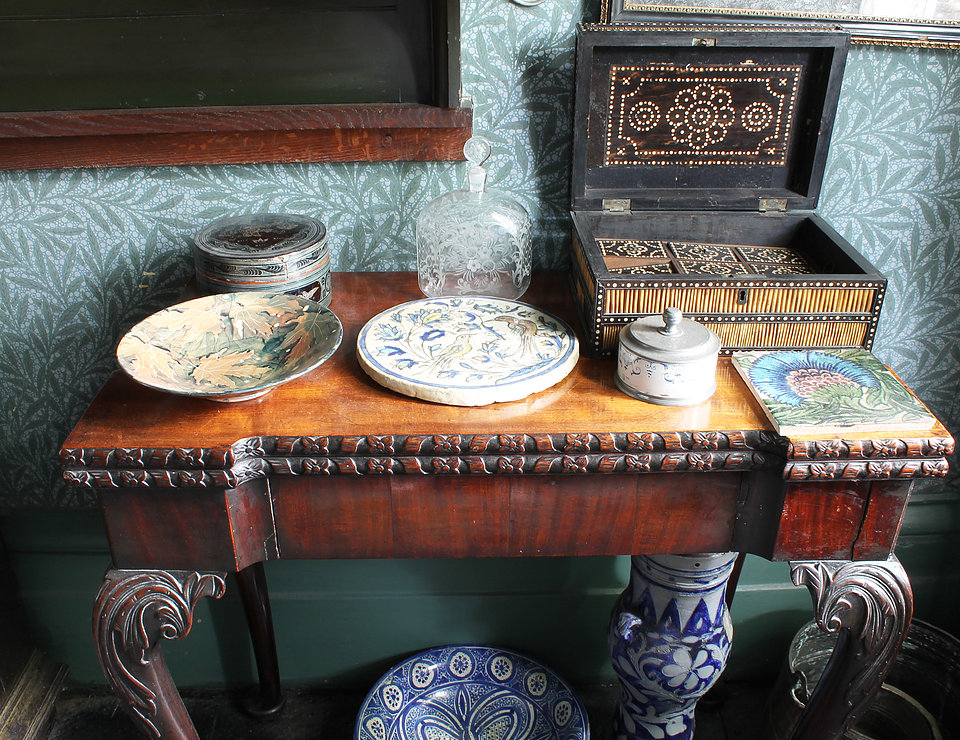
A Unified Approach
By the 1880s Morris had become internationally renowned and commercially successful. New guilds and societies began to take up his ideas, arguably the first time a unified approach among architects, painters, sculptors and designers had been seen.